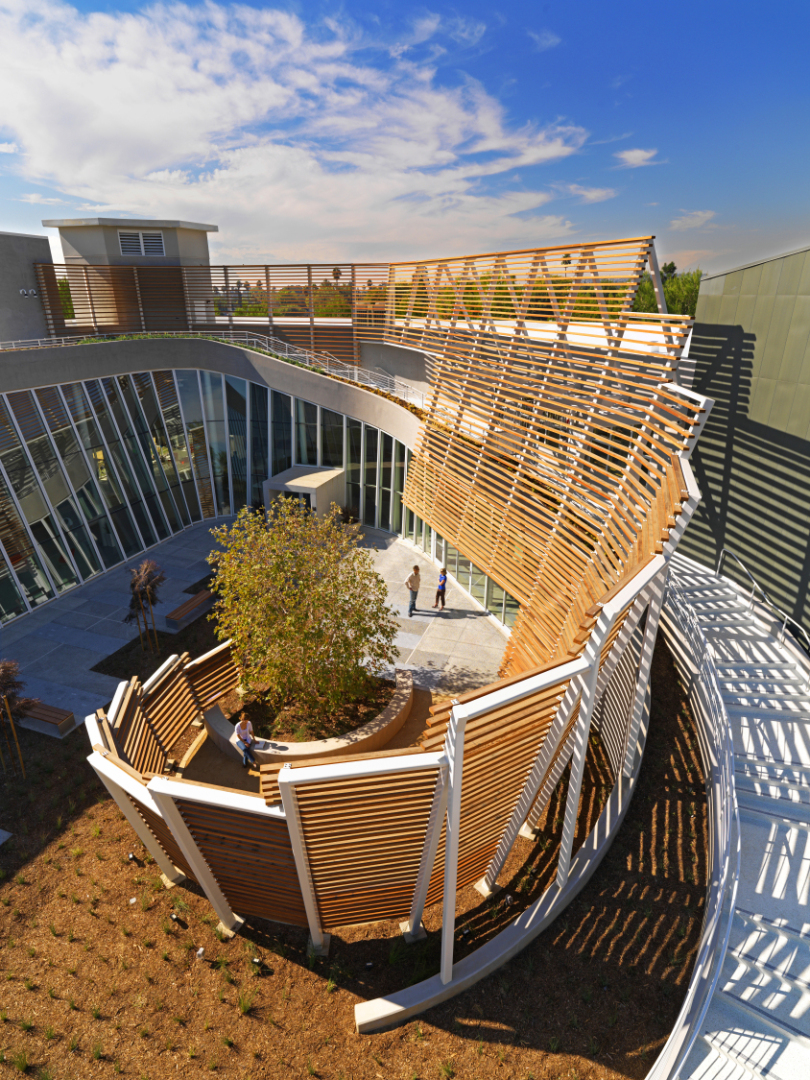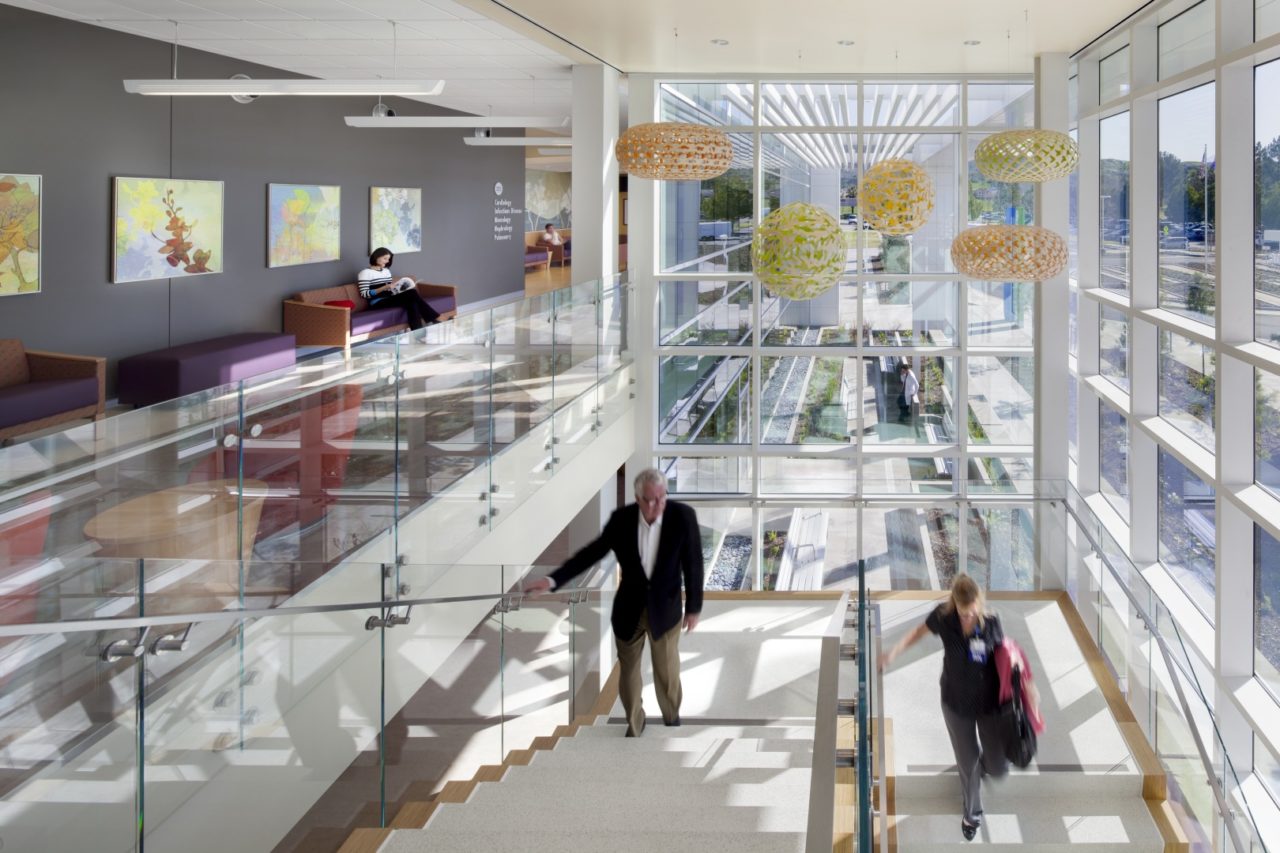Though the majority of architecture in the world may primarily prioritize function, great architecture melds function with form to create spaces that are not only operational but also visually appealing. Art is something that allows people to tell a story or attach emotionally; to interpret its meaning. Art echoes the artist’s creativity and imagination. Good architecture does the same but also has to meet the basic requirements of a functioning, safe building. The challenge that all architects tackle is creating functional art.
Form Follows Function… Or Does It?
The architect Louis Sullivan famously coined the phrase “Form Follows Function”, meaning that the purpose of the building needs to be the starting point and that the look of the building follows as a secondary consideration. Many architects in subsequent years treat this as a golden rule, and while there is certainly good intentions to it, we believe that it’s equally important to consider the aesthetics of a building, in conjunction with the function.
Beautiful buildings don’t solely rest on their shape; material choice can also make a bold, creative statement.
Materials that pay homage to the local industries, colors that are prevalent in the area, or even regional tree species help to create a connection between the structure and the community that it serves. At the Frontier Project in Rancho Cucamonga, California the region is known for its wine production. Wineries were trying to get rid of wine vats that happened to be made of beautiful redwood, so we worked with the city and local wineries to incorporate this repurposed material into the design.
While it’s certainly important for a building to function well, and meet the client’s and occupant’s needs in that regard, all it takes is a little creative thinking to find areas where we have the opportunity to create art within the overall design of the building. Practical needs such as windows, lighting, and finishes can easily be opportunities for the designer to create something beautiful. The simple pleasure of looking at a beautiful building shouldn’t be discounted.
Art is the Discussion
Architecture has always shared a blurred line with art. Perhaps it’s not as pure of an art form as sculpture, but in addition to functioning as an occupiable space, it still needs to inspire and make an emotional impact. You can’t just shut that off. Art is in the discussion. Think of a museum – the primary vision or design intent is to create a backdrop for the art itself. If the architecture doesn’t support the needs of the building, the art is clearly disengaged from the architecture itself.
In addition to the sculptural quality of a building, many types of facilities have placed an importance on art. For example, hospitals all have art programs. It’s a device to help people connect to nature. Art has that extra dimension to help people relax and focus when they are sick. At Kaiser Permanente in La Habra, California, we worked with the city to create a sculpture piece in front of the building. We wanted the landscape design to engage the community, and it was effective because of this intentional public area.
 Additive and Integrated Art
Additive and Integrated Art
There are two ways to create opportunities for art and architecture to coexist in a project. The first is additive art, meaning that the artwork comes in after the project is done. It’s best done during the planning stages, where a client might bring in an art consultant to discuss the opportunities to add art into the space. Blank walls for hanging canvases, vaulted spaces for sculptures or a statement lighting fixture, or even exterior walls that might be great for a mural are just a few examples. In this tactic, the architecture creates space for art.
Artists used to want to know “which walls they could have.” However, now more and more artists start to talk about things like the volume of space, how it scales to the art, the sound of people walking through the space, how will it connect with people. They are aware of how people are physically and emotionally moving through the space. They consider scenarios such as if the occupants are under a lot of stress, looking for distractions while they wait, or if they’re taking care of kids.
The second approach is an integrated one. This absolutely needs to be done during the early stages, as the art is part of the architecture itself. For example, at the Martin Luther King, Jr. Medical Campus Parking Structure in Willowbrook, California, an artist was hired to do an installation that was the main feature in the façade. Thousands of painted aluminum panels speak to the history and community, while also creating a standard for public art on campus. In the best project, the architecture can support art and vice-versa.
 Looking Forward
Looking Forward
Looking towards the future, the impact that technology and art will have on the architecture profession holds untold potential. Virtual reality (VR) and augmented reality (AR) open the door to creating an art experience in places that might otherwise not be able to house art. For example, healthcare facilities have strict rules in regards to sterile environments, and seismic codes often make heavy sculpture pieces challenging to install. With the use of VR and AR, one can hold up their smartphone and see digital art in the space. This is a good distraction, and a great option for enhancing environments if a client doesn’t have the budget for art, or is restricted by their possibilities by the building’s function.




